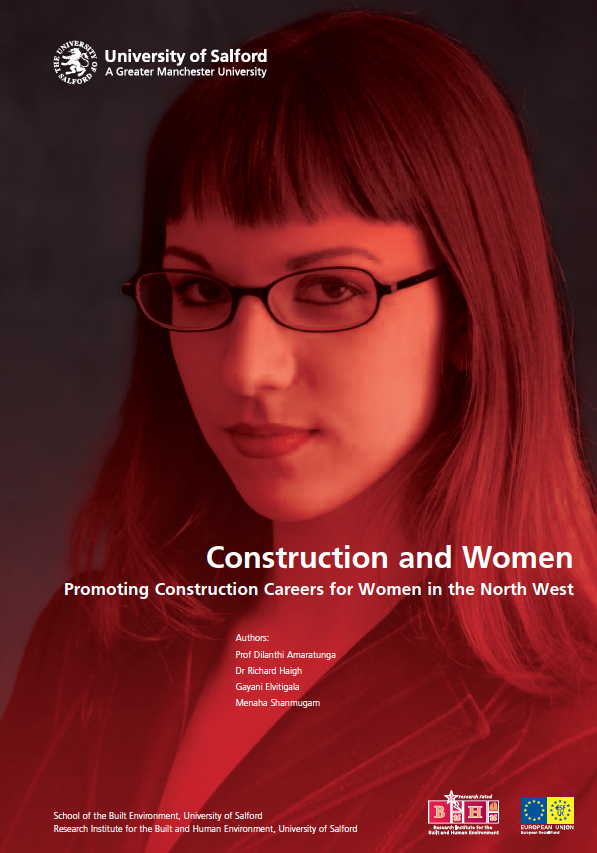Research Impact
Dilanthi is committed to producing diverse research excellence that will have a powerful impact on the wider world including work of direct relevance to the needs of commerce, industry, and to the public and voluntary sectors; and my research that is published, disseminated, and made publicly available in the form of assessable research outputs and reports. It also includes an effect on, change or benefit to the activity, attitude, awareness, behaviour, capacity, opportunity, performance, policy, practice, process or understanding; of an audience, beneficiary, community, constituency, organisation, or individuals; in any geographic location whether locally, regionally, nationally, or internationally; and the reduction or prevention of harm, risk, cost or other negative effects. She provides strategic advice and practical guidance based on rigorous research, informed by industry and community members, and use advocacy and public engagement as pathways to our impact.
Research Excellence Framework (REF) Impact Case Studies
Dilanthi co-led and contributed two impact case studies to the University of Huddersfield’s submission to the UK Research Excellence Framework exercise, in Unit of assessment 13: Architecture, Built Environment and Planning. These case studies reflect the effect of my research on, change or benefit to the economy, society, culture, public policy or services, health, the environment or quality of life, beyond academia. Both cases were rated as world leading and outstanding impacts in terms of their reach and significance. The two impact case studies can be viewed online at the REF website:
- Improved capacities and standard operating procedures for tsunami early warning in Indian Ocean countries – https://results2021.ref.ac.uk/impact/477b2672-6206-4bc9-8cbb-7a4cf3f1b4f6?page=1
- Informing policy and practice of international organisations, governments and the construction industry on development of disaster resilient buildings and infrastructure – https://results2021.ref.ac.uk/impact/6d31ea13-184d-44e8-b5ed-6b6ecfe92a7a?page=1
Creating Impact through Research
Dilanthi seeks to ensure that her research achieves impact – the demonstrable contribution to society and the economy made by knowledge and skilled people. To deliver this, she together with colleagues, engages and collaborates with the public, business, government and the third sector. Some selected initiatives are listed below:
- The development of a disaster resilient built environment
My research is leading to a reduction in the vulnerability of communities world-wide to the threat posed by hazards of natural and human origin. My research has resulted in; Better-informed and more socially inclusive public policy-making and implementation in the development of a disaster resilient built environment; Shaped a global United Nations campaign; Contributed exponentially to the development of resources to enhance professional practice in the humanitarian sector, including post-disaster reconstruction programmes in Sri Lanka, and; Led the development of new partnerships in Europe and Southern Asia. - Raising awareness and effect change by urging local governments to take immediate action
Working with the United Nations International Strategy for Disaster Reduction (UNISDR) to continue as a formal partner and advocate of the “Making Cities Resilient: My City is getting ready!” campaign. The overall goal of the campaign is to achieve resilient, sustainable urban communities, with a growing number of local governments that are taking actions to reduce the risks to disasters. A longer-term objective is to empower local governments with stronger national policies to invest in risk reduction at a local level, as part of urban and regional development plans. This has helped the local government stakeholders to achieve resilient, sustainable urban communities by working with local governments to reduce the risks associated with disasters.


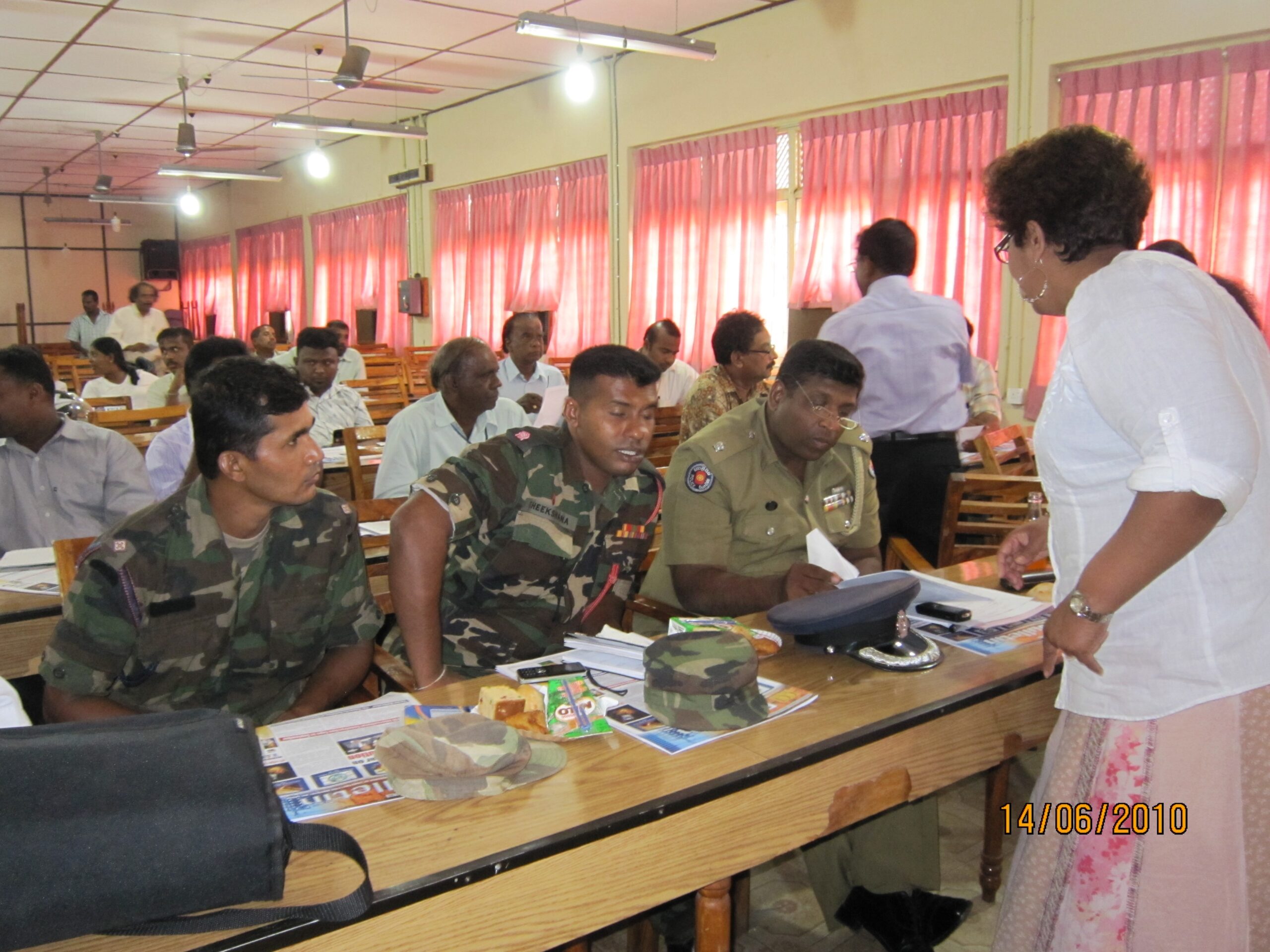
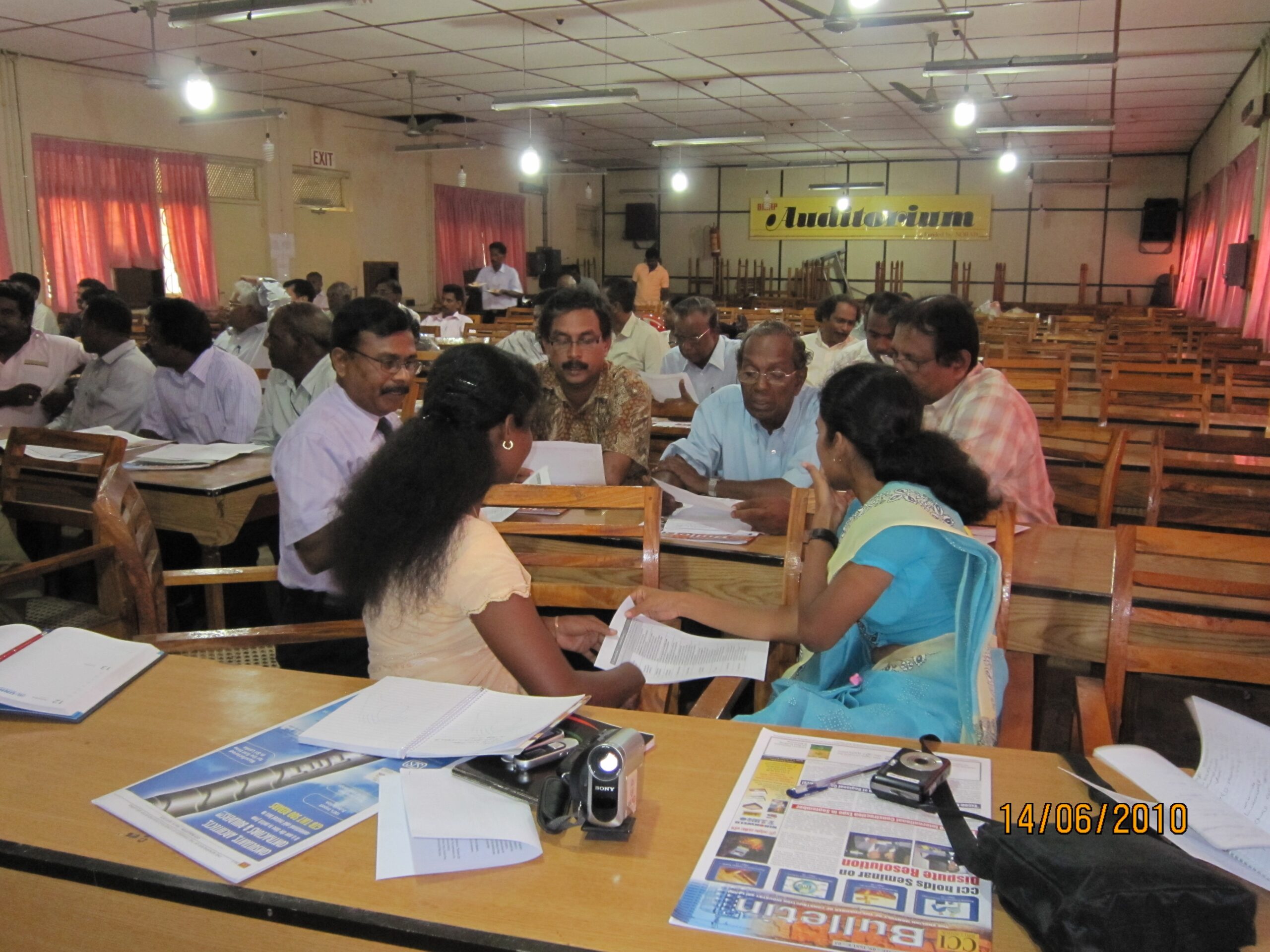
- Identification and integration of disaster risk management practices into policies for post-disaster reconstruction and developing a holistic approach that promote socially inclusive integration of disaster risk reduction in post disaster reconstruction
Studies by me along with colleagues have resulted in an improved conceptual understanding of resilience in the built environment, as well as strategies to integrate disaster risk reduction strategies within post-disaster reconstruction projects. The research identified those factors in infrastructure reconstruction projects most likely to impact community vulnerability and has revealed ways in which the integration of disaster risk reduction strategies within post-disaster reconstruction projects can contribute towards the socio-economic development process. - How infrastructure reconstruction programmes have impacted women, vulnerable groups, and social cohesion among local communities in conflict-affected areas of Sri Lanka
This research revealed that much infrastructure development is externally driven with inadequate consultation with affected and often vulnerable groups. The resultant infrastructure does not meet the needs of marginalised groups, and can create or heighten tensions within and/or among ethnic/religious groups. Although the reconstruction activity has the potential to contribute to and stimulate the local economy, the study found that many local people and small construction firms feel excluded from the construction process and its benefits.
- In my work on Conflict Prevention through Infrastructure Reconstruction
I, together with colleagues, investigates how diverse infrastructure projects undertaken by various institutions contributed to a reduction in conflicts or aggravate conflicts and tension among communities. Some of the policy recommendations included: Encourage project implementing agencies to identify and address conflict issues that have arisen in their project areas; Donors that have funded infrastructure projects undertake an evaluation of each of the projects in terms of their impact on inter-community relations; Project implementing agencies develop detailed guidelines for construction companies to ensued that they actively mobilize local resources, in particular, human resources. - To achieve resilient, sustainable urban communities by working with local governments to reduce the risks associated with disasters
I, together with colleagues initiated a series of capacity development activities with the aim of strengthening the knowledge, abilities, skills and behaviour of those responsible for the built environment in Sri Lanka, and improving institutional structures and processes to ensure that disaster mitigation and reconstruction could be achieved in a sustainable way. In doing so, we sought to empower local government through stronger national policies investing in risk reduction at local level, as part of urban and regional development plans. The project succeeded in enhancing the capacity of stakeholders to identify constraints and to plan and manage mitigation and reconstruction in the built environment effectively, efficiently and sustainably. This involved the development of human resources, institutions, and communities, and a supportive policy environment. 2012-date
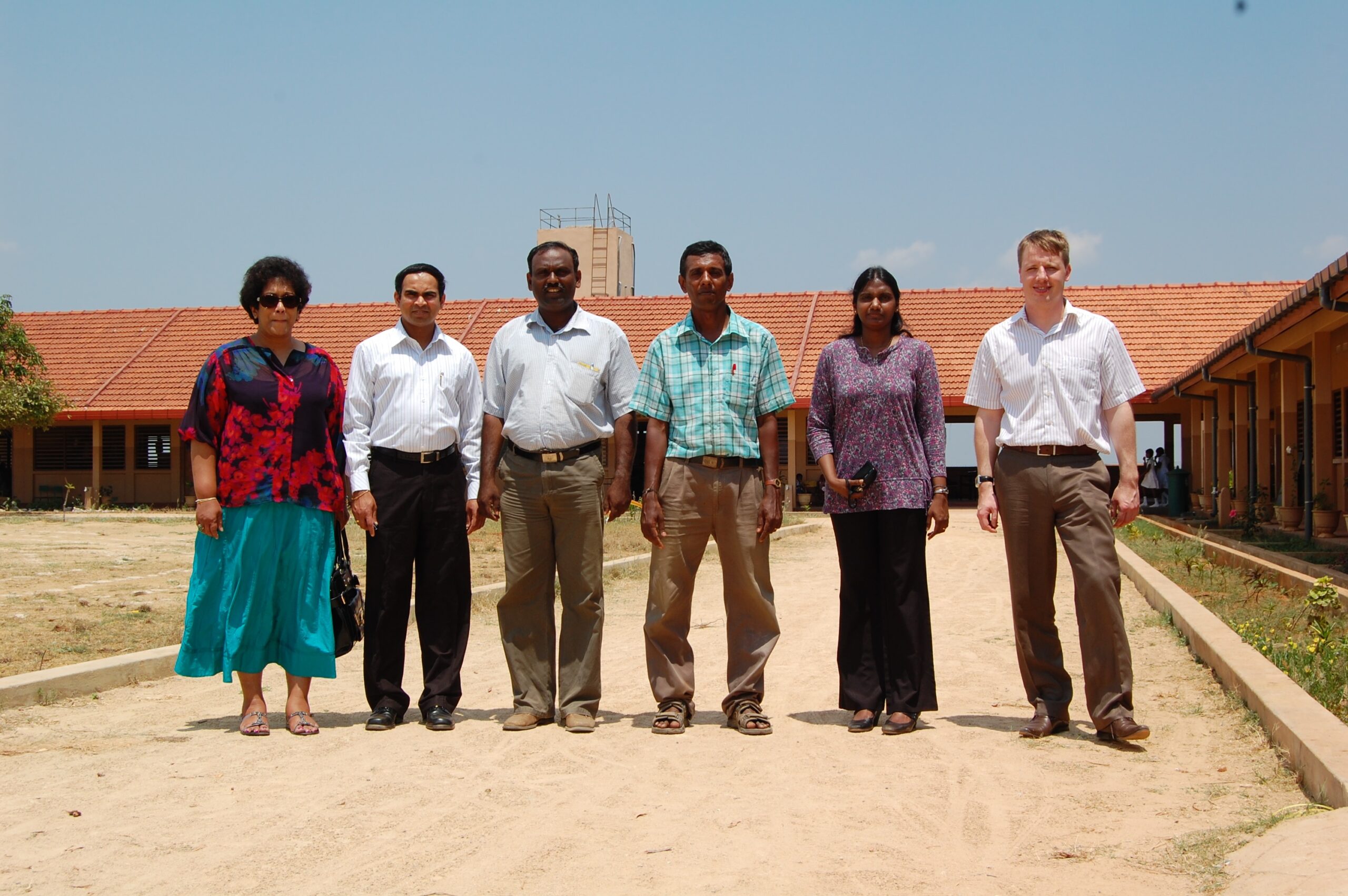
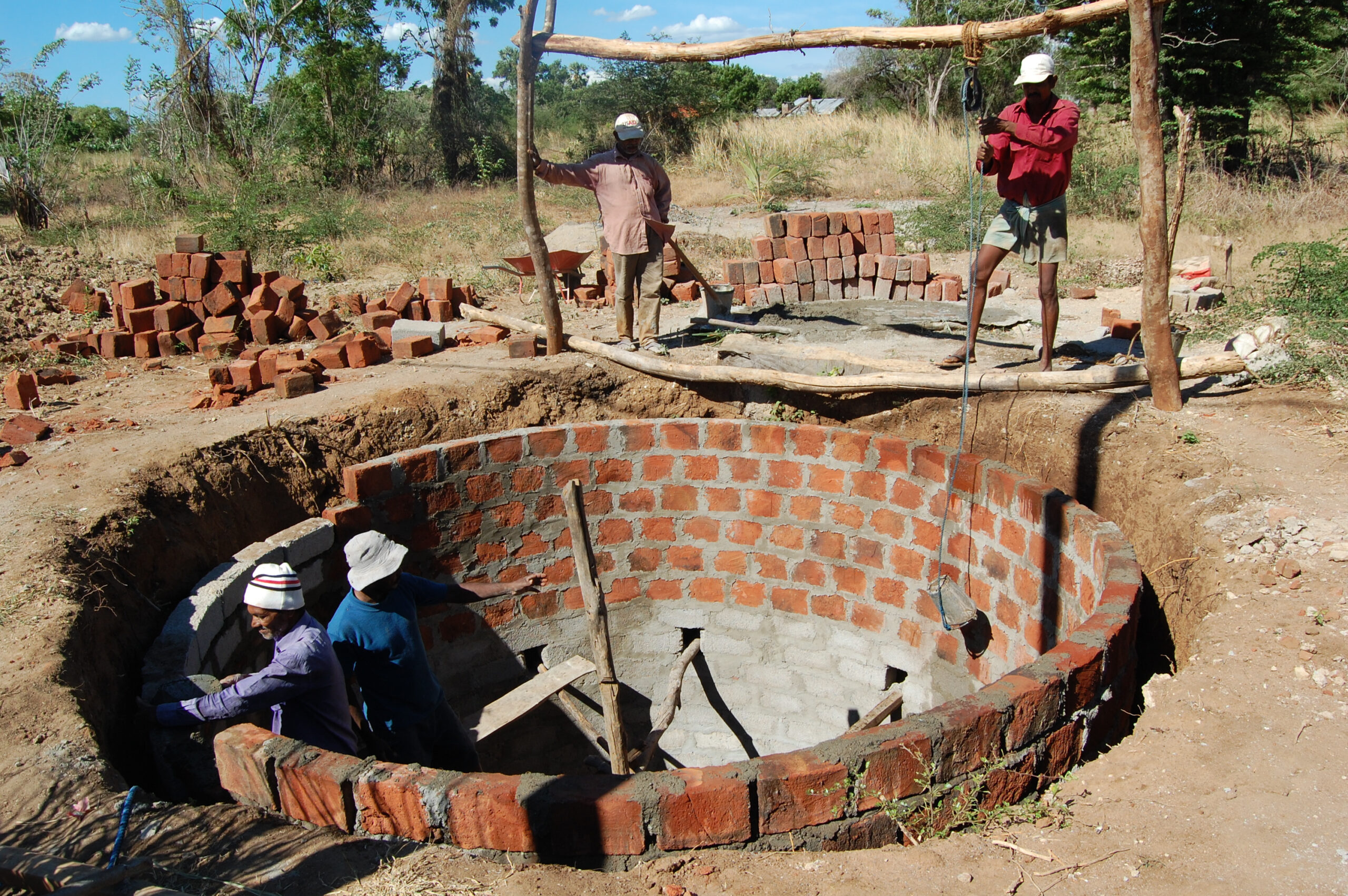
- Developing Women Leaders in the UK Construction Industry
I was the lead investor of a project to explore ways of improving the recruitment, retention and development of women managers in construction through examining the role of women as leaders and the barriers confronting women in leadership positions in the construction industry. The team identified several barriers confronting women leaders and examined the culture and practices within the construction sector. Further the team identified the other sectors where women are leaders to capture the lessons to be learnt from them and to provide recommendations to address the barriers for women’s career advancement and to improve their retention within managerial positions in the construction industry. - Mainstreaming women in disaster risk reduction (DRR) in the built environment
This work resulted in highlighting the contribution that mainstreaming women into DRR will have on sustainable development, determining the importance mainstreaming women into DRR will have on reducing their vulnerability to disasters, exploring women’s DRR knowledge and needs; and identification of ways in which to mainstream women within the DRR process - Empowering women during post disaster reconstruction
This study aimed at exploring the applications of empowerment for women within post disaster reconstruction, to formulate strategies that integrate community women’s empowerment during disaster reconstruction activities. This work resulted in understanding the concept of empowerment for women, determining the importance of women’s empowerment during post disaster reconstruction, establishing the key factors that enable or hinder women’s empowerment within post disaster reconstruction, exploring and investigating the current practices of empowerment of women within post disaster reconstruction; and formulating strategies to integrate empowerment of women during post disaster reconstruction.
